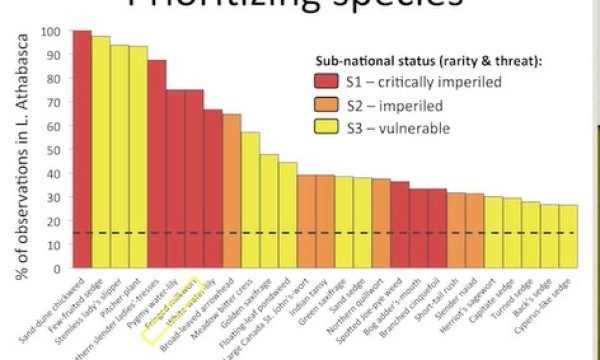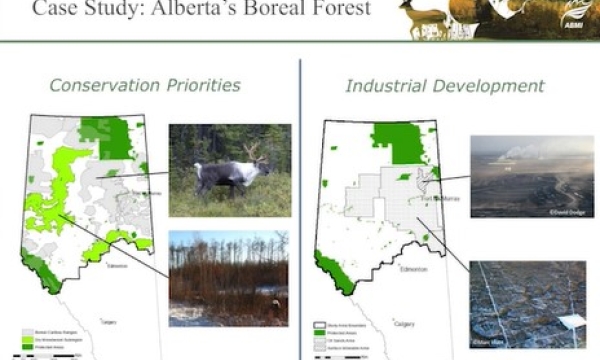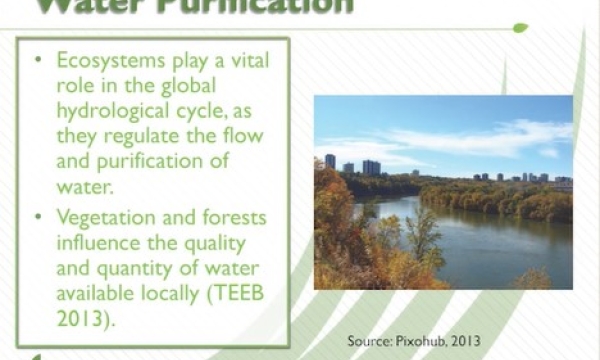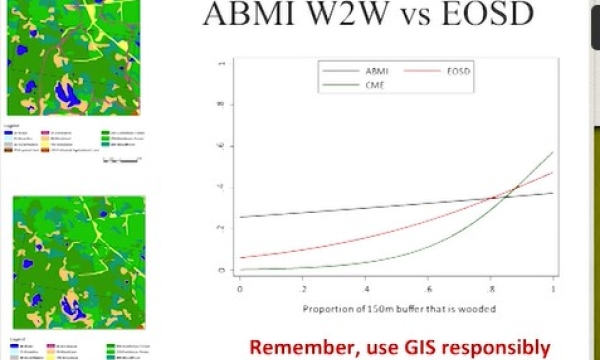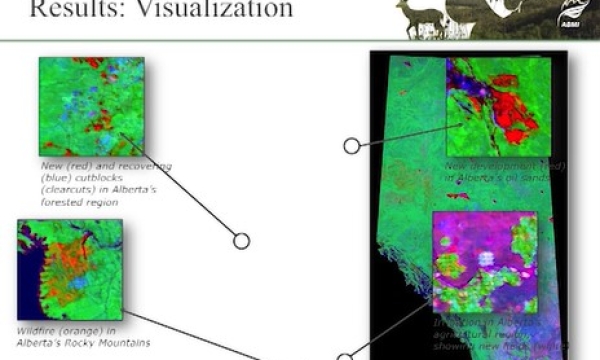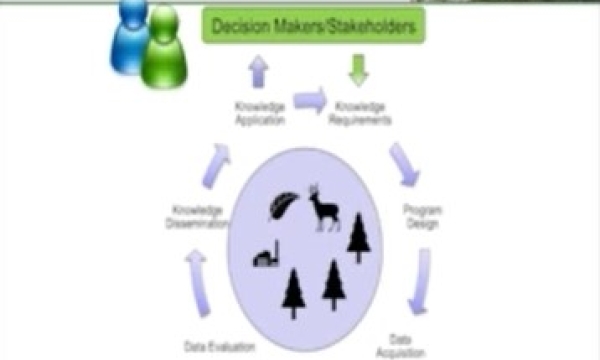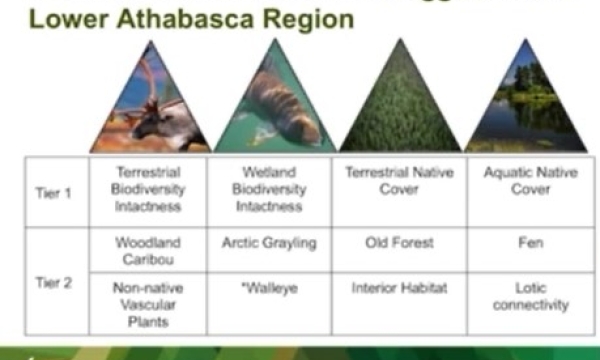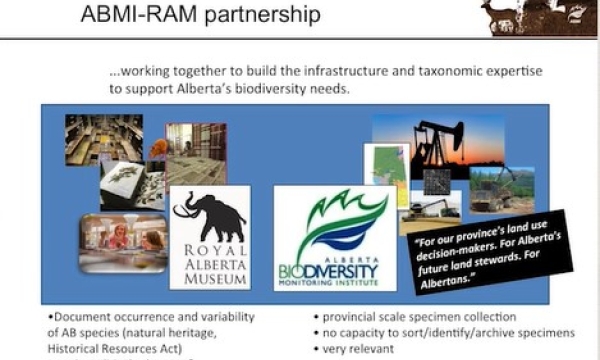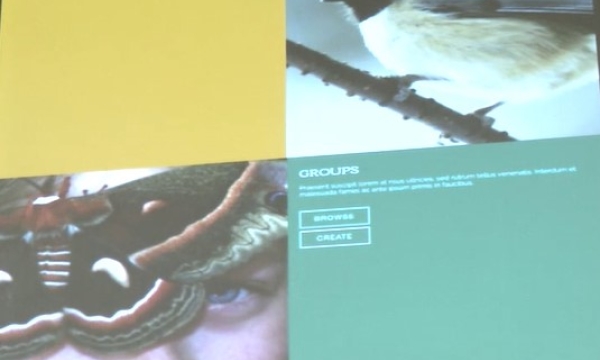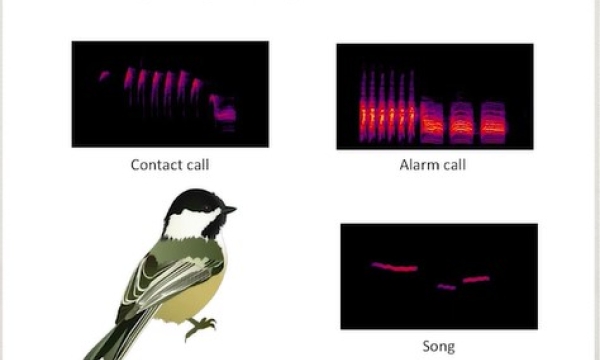Ressources de Gestion des Terres
Ressource
Monitoring and conservation of rare species, particularly in the boreal forests of northern Alberta, is a challenge due to knowledge gaps on distribution and abundance of species
Ressource
Oil sands industry case study evaluated the economic and ecological performance of alternative offset networks targeting either ecologically equivalent areas or regional conservation priorities
Ressource
The presentation describes the purpose and development of a water purification model that can be used to help decision-makers evaluate tradeoffs for land use development proposals
Ressource
The presentation covers the use of remote sensing in assessing biodiversity and how using covariate data can improve on the interpretation of results
Ressource
The presentation describes how multi-temporal remote sensing offers a better understanding of landscape changes over time in comparison to the more traditional two-date, before and after comparison.
Ressource
The presentation describes ABMI's role in collecting monitoring data and how the data can be used in environmental management.
Ressource
The presentation describes the development and content of the draft Biodiversity Management Framework for the Lower Athabasca Region
Ressource
The presentation discusses the role of taxonomy in biodiversity monitoring and how natural history museums can be involved
Ressource
The presentation describes the goals of NatureLynx and provides some demonstrations of the mobile and desktop platforms
Ressource
Presentation tracks the evolution in technology used to monitor birds by recording their songs, with examples from different regions of the province.


